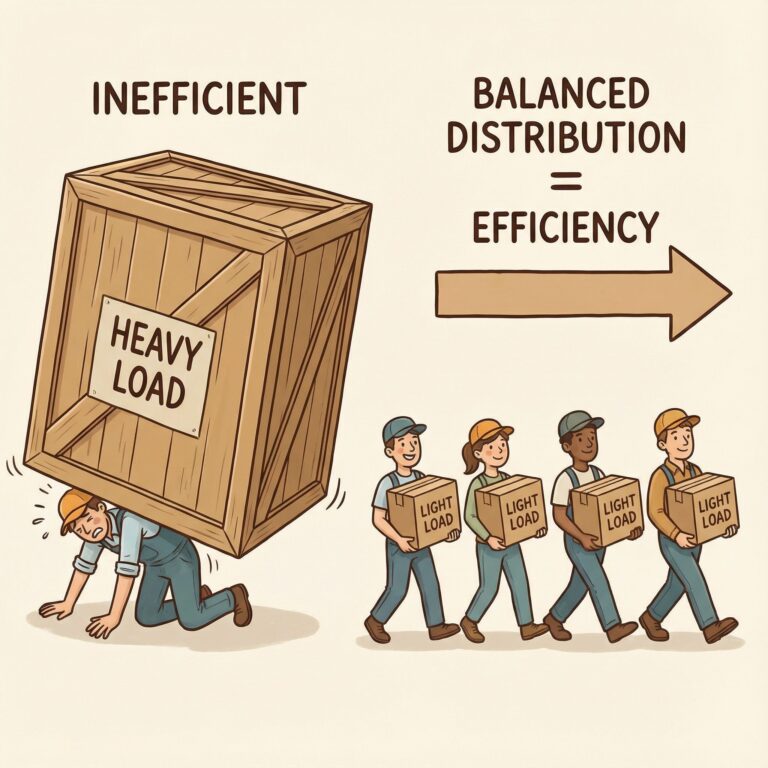Fighting False Beliefs About Customer Help
The Real Worth of Customer Help
Customer help gives great work value, making 5x more keep than getting new users. This fact breaks the old belief that help is just a money sink. Groups using smart help plans see big gains in how long a customer stays and how loyal they are to the brand. 토토알본사
The People Part in Help Work
As tech grows, it changes how we help customers, but the thought that AI will cut out real people is wrong. Hard customer problems need feeling, smart answers, and deep knowing – things only humans offer.
More Than Just Numbers: Making True Customer Ties
Performance numbers are helpful, but putting too much on data can hide how key real customer ties are. Strong help plans mix fast metrics and deeper things like how happy customers are and how they stand up for the brand.
Keep Learning and Growing
The wrong thought that one short training is enough misses how fast customer needs change. Great help groups do ongoing learning programs, keeping up with new trends, product changes, and what customers expect. This need for non-stop bettering makes sure help stays top-notch.
Smart Help Use
Getting these main truths lets groups build solid, long-lasting help plans. By putting money into people, keeping flexible learning programs, and looking at building ties, businesses can keep growing well with great customer help.
The Smart Worth of Customer Help in Making Money
Smashing the Cost-Center Myth
Customer help is far more than just a money out – it’s a powerful money-making engine for groups that see its real power. The old way of seeing help as just a cost spot misses big chances for business growth and more money.
True Money Making Ways
Keeping customers has a clear money impact, with research showing it costs five times more to bring in new people than to keep current ones.
- Longer customer stay
- Better keep rates
- Good word spread by users
- Love for brand and sticking with it
Using Help for Smart Info
Help teams are key in finding out info, giving:
- What’s hot in the market right now
- Chances to make products better
- What’s new
- What competitors are up to
- What users do
This feedback loop stops costly mistakes while finding new ways to make money. By measuring and turning these parts into money through data-led numbers, groups can show how help directly ups revenue.
Turning Help into a Smart Asset
Modern companies measure help’s worth through:
- How often customers come back
- Rate of getting the same thing again
- Money from word spread
- How happy customers are How Table Games Changes the Game
- Using product feedback right
When used right, customer help shifts from being seen as a cost spot to a smart profit-maker that drives long-lasting business growth and market lead.
The Naked Truth About Tech and Human Help for Customers
The Growing Role of Tech in Customer Help
Tech growth has changed customer help, but saying it will fully replace humans deeply misses what customers value. While robots and AI make things faster and handle easy talks, real human chats are a must for hard problems and when deep feelings are involved.
People in Modern Customer Help
Customer feel depends on care, getting it, and tailored answers that only real people give. In tough spots and rare stumps, users look for help from folks who show smart problem-solving and real worry.
Digital changes should add to human skills, not take their place.
Making Help Best With Mixed Ways
The best customer help plans mix tech speed with human know-how. AI bots are great at first chat and gathering data, while real agents take on hard issue fixes. This together approach makes work smooth yet keeps top service quality.
- Better solutions through both digital and human know-how
- More happy customers with personalized care
- Faster work without losing quality
- Ways to big up while keeping the human feel
- Smart use of resources for hard problems
Mixing Numbers and Real Customer Feel: A Smart Way
The Trap of Just Numbers in Customer Help
Groups often pick service numbers over real happy customers, focusing a lot on hard data numbers like call time and how fast problems are fixed. This focus on just data can hide the real aim of making true customer ties and giving real value.
More Than Just Stats
While performance numbers are good to measure, they shouldn’t run customer chats. A full journey look opens up views missed by just stats. Only looking at speed numbers can hide chances to fix deeper issues or use stopping fixes.
Putting a Customer-First Plan
A mix of performance starts with picking deep measurements that truly show how happy customers are and match service goals. Key pieces include:
- Team training focused on quality and balanced with goals for speed
- Better talk-back systems past normal surveys
- Regular talks study to get changing customer needs
- Building customer fighters through top service
When groups put customers first in service, good numbers follow by themself. This way turns happy customers into brand fighters, making a value that goes past normal performance marks.
Why Happy Customers Don’t Always Come Back: Getting Why They Stay
The Hard Truth of Customer Happiness and Loyalty
Customer happiness alone doesn’t make sure they come back. While many groups think happy customers will always stick around, the tie between being happy and staying is much more tangled. Customer loyalty hangs on many things all tied up that go past just being happy.
Getting the Full Customer Road
Customer experience control needs a full look at every step in the customer life. Even top service chats may not stop customers from leaving if things like prices, easy reach, or new market needs play in. Brand ties must be made strong through regular value given in all chats with users.
Smart Ways to Keep Them
Getting Ahead Action
- Talk programs made for each person
- Smart follow-up plans
- Data-led loyalty moves
Value-Based Keeping
- Regular checks of what customers need
- Always showing product worth
- Changing with what the market wants
Getting customers to stay needs knowing both what makes them happy and what makes them leave. Smart keeping plans mix strong relationship building with targeted value offers that meet specific customer needs.
Why Keeping Up Training Is Key for Top Customer Service
The Myth of Just One Training
Thinking one training is enough really limits how well groups do in giving customer help. Companies that make this big mistake just focus on the start, missing how the help scene always changes with new tech, shifting customer wants, and new help hurdles.
Putting in Smart Ongoing Learning
A strong ongoing learning plan is key for keeping top customer service levels. Help groups need:
- Monthly skill growth times
- Every few months, a look at trends and training to adjust
- Yearly reviews and updates on how to give help
Groups that keep training show 40% better happiness numbers from customers than those that don’t change.
Smart Training Bits for Big Impact
Real-Time Changes and Feedback Use
Help team growth must include:
- Real talks study
- Smart role-playing
- Learning together with work pals
Checking How Well Training Works
Watch how good training is through key performance signs:
- Better time in solving
- How happy customers are
- How sure workers feel
Keeping pros growing is a smart move that brings back a lot through better customer loyalty and less worker leaving. The top groups see ongoing training as a way to get ahead, not just a cost.
Help Teams and Small Power: Getting It Right
The Case for Tight Control
Small power in help teams makes needed walls while keeping work smooth. Set power levels help groups watch risk well while still giving good customer service. This plan stops wrong use while making sure big choices are watched right.
Smart Power Plans
Help team power should line up with what the job needs. By using levels of reach, groups can watch things while letting day-to-day staff fix normal problems alone. This plan cuts needless jumps in level while keeping the right watch for hard cases.
Ups of Tight Control
Clear choices come when help teams work within set rules. Groups gain from:
- Better safety steps
- Same customer feel
- Less work risks
- Clear blame steps
Putting in Strong Controls
Winning depends on setting up full control steps:
- Clear writing of power levels
- Regular checks on who can do what
- Clear steps for when things need to go up a level
- Strong training plans
- Watching how well things go
Mixing Fast Work and Safety
Help team success hangs on finding the sweet spot between doing things alone and having control. With set limits on power, groups can keep safe while letting teams fix customer problems fast. This way makes sure both customer happiness and work safety.
Keeping Up Quality
Regular checks and watching how well things go help keep high service levels within tight power plans. Help teams can give great customer times while working within set lines, making sure service is always good and safe.

